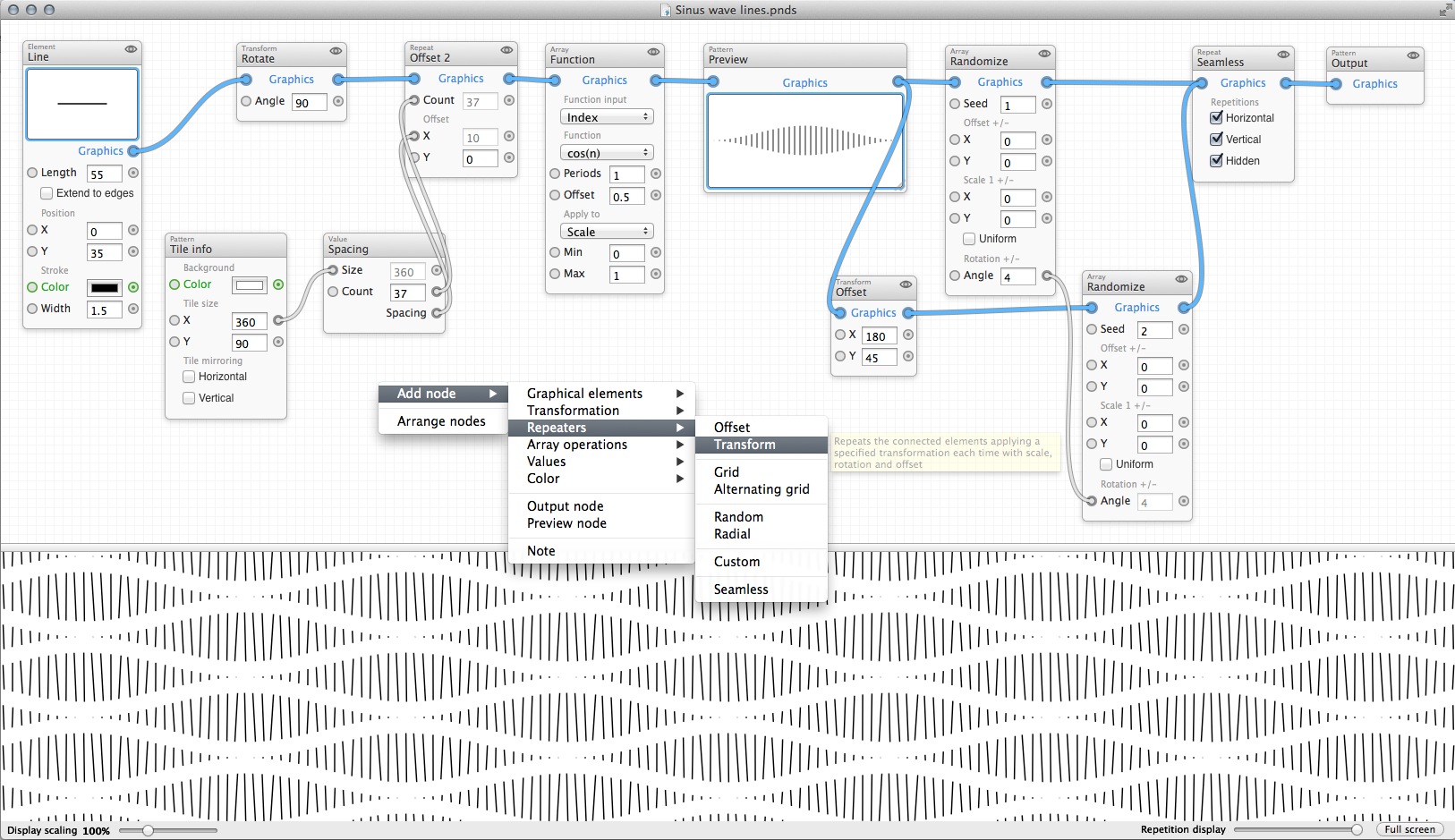

Use the idle time on your computer (Windows, Mac, Linux, or Android) to cure diseases, study global warming, discover pulsars, and do many other types of scientific research.
You can choose to support projects such as Einstein@Home, IBM World Community Grid, and SETI@home, among many others. If you run several projects, try an account manager such as GridRepublic or BAM! .
https://boinc.berkeley.edu/projects.php
By David Shultz
Apr. 22, 2016 , 10:15 AM
When it comes to the origin of Western fairy tales, the 19th century Brothers Grimm get a lot of the credit. Few scholars believe the Grimms were actually responsible for creating the tales, but academics probably didn’t realize how old many of these stories really are. A new study, which treats these fables like an evolving species, finds that some may have originated as long as 6000 years ago.
The basis for the new study, published in Royal Society Open Science, is a massive online repository of more than 2000 distinct tales from different Indo-European cultures known as the Aarne–Thompson–Uther Index, which was compiled in 2004. Although not all researchers agree on the specifics, all modern Indo-European cultures (encompassing all of Europe and much of Asia) descended from the Proto-Indo-European people who lived during the Neolithic Period (10,200 B.C.E.–2000 B.C.E.) in Eastern Europe. Much of the world’s modern language is thought to have evolved from them.

An interactive map of the evolutionary relationships between 1.8 million species of life on our planet. Each leaf on the tree represents a species and the branches show how they are connected through evolution. Discover your favourites, see which species are under threat, and wonder at over 100,000 images on a single page.

Copying an element from a photo and pasting it into a painting is a challenging task. Applying photo compositing techniques in this context yields subpar results that look like a collage --- and existing painterly stylization algorithms, which are global, perform poorly when applied locally. We address these issues with a dedicated algorithm that carefully determines the local statistics to be transferred. We ensure both spatial and inter-scale statistical consistency and demonstrate that both aspects are key to generating quality results. To cope with the diversity of abstraction levels and types of paintings, we introduce a technique to adjust the parameters of the transfer depending on the painting. We show that our algorithm produces significantly better results than photo compositing or global stylization techniques and that it enables creative painterly edits that would be otherwise difficult to achieve.
Frenchman Édouard-Léon Scott de Martinville uses the phonautogram to record the human voice by tracing sound waves on smoke-blackened paper or glass. The resulting tracings could not be played back at the time, but in 2008 several tracings from 1860 were processed as digital audio files and successfully played back (1853)

The Aziz! Light Crew Freeliner is a live geometric animation software built with Processing. The documentation is a little sparse and the ux is rough but powerfull.
Also known as a!LcFreeliner. This software is feature-full geometric animation software built for live projection mapping. Development started in fall 2013.
It is made with Processing. It is licensed as GNU Lesser General Public License. A official release will occur once I have solidified the new architecture developed during this semester.
Using a computer mouse cursor the user can create geometric forms composed of line segments. These can be created in groups, also known as segmentGroup. To facilitate this task the software has features such as centering, snapping, nudging, fixed length segments, fixed angles, grids, and mouse sensitivity adjustment.
In 1973, Orson Welles narrated this animated short, which features somewhat surreal artwork by Dick Oden. You can see more of Oden's work here.
The Allegory of the Cave illustrates Plato's view of knowledge as presented in Book VII of The Republic: in ordinary experience, we see only shadows of the true world, which we can only behold by pursuing rigorous philosophical analysis.
This is not the only time "The Cave" has been set to film in some form. Open Culture readers may recall this brilliant version done with claymation. Gluttons for punishment may wish to peruse this collection of 20 YouTube versions at PartiallyExaminedLife.com, many of them frightfully amateurish and some of them presenting a warped and/or incomprehensible version of the story.
When computer software automatically generates output that is not identical to its owntext, some of which is potentially copyrightable and some of which is not, difficult problemsarise in deciding to whom ownership rights in the output should be allocated. Applying thetraditional authorship tests of copyright law does not yield a clear solution to this problem. Inthis Article, Professor Samuelson argues that allocating rights in computer-generated outputto the user of the generator program is the soundest solution to the dilemma because it is theone most compatible with traditional doctrine and the policies that underlie copyright law.
This project will fund the production, via crowd sourcing, of a never-before-released translation of Herman Melville's classic Moby Dick in Japanese emoji icons.
Methodology
Each of Moby Dick's 6,438 sentences will be translated 3 times by different Amazon Mechanical Turk workers. Those results will then be voted on by another set of workers, and the most popular version of each sentence will be selected for inclusion in the book.

Here is a sample of a test run I've done on the first couple of chapters:
In the book, the sentences will be arranged with the Emoji on top of the page and the English sentence at the bottom.

NetBehaviour - is an open email list community engaged in the process of sharing and actively evolving critical approaches, methods and ideas focused around contemporary networked media arts practice.
NetBehaviour- is for networked media artists, researchers, academics, soft groups, writers, code geeks, curators, independent thinkers, activists, net sufis, non nationalists and net mutualists.
NetBehaviour - encourages individuals, small groups of mutual interest and representatives of organisations to announce and promote their own projects and events on the list along with the exchange of related concepts/ideas/information/resources.
NetBehaviour - is a place where creative minds can share contemporary ideas and concepts, without either the censorship or endorsement of a centrally imposed hierarchical canon, stunting their creative interests. All disputes are settled by all subscribers in the public forum of the email list.
We are the medium - the context - the source of networked creativity.
![]()
Chataigne is made with one goal in mind : create a common tool for artists, technicians and developers who wish to use technology and synchronize softwares for shows, interactive installations or prototyping. It aims to be as simple as possible for basic interactions, but can be easily extended to create complex interactions
Modular Video Plugins for Ableton Live
VIZZable is developed with love and released free to the community in the hopes of advancing the art of live audio-visual performance. If you get something out of VIZZable, please give something back to support its development.

All the bandcamp album made with Pure Data.
MoviePy is a Python module for video editing, which can be used for basic operations (like cuts, concatenations, title insertions), video compositing (a.k.a. non-linear editing), video processing, or to create advanced effects. It can read and write the most common video formats, including GIF.

Wildfire is a free and user-friendly image-processing software, mostly known for its sophisticated flame-fractal-generator. It is Java-based, open-source and runs on any major computer-plattform. There is also a special Android-version for mobile devices.
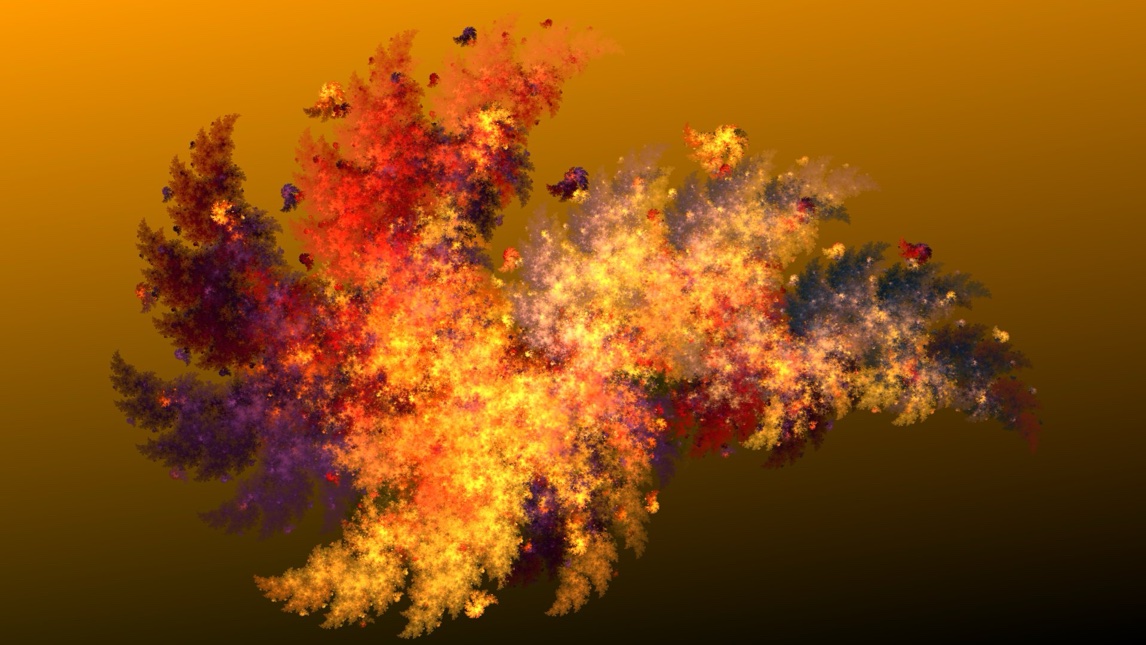
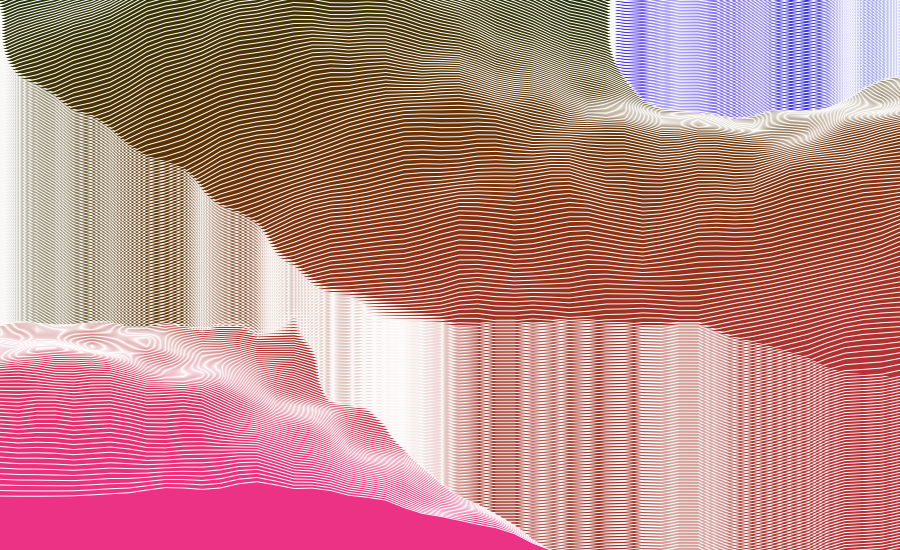
Created by Satoshi HORII at Rhizomatiks, (centiscript) is a JavaScript based creative code environment for creating experimental graphics. Imagined as an endless exploration from one script to another, Satoshi sees (centiscript) as a tool for visual thinking. Each experiment can be shared online since it relies on JavasScript + HTML + Canvas.
Seashells are beautiful objects that are admired for both their intricate shapes and the patterns on their surfaces. Despite their complexity these shapes are easily described using only elementary tools from geometry. Indeed a wide variety of natural shell shapes can be composed as surfaces in a 3-space and rendered using computer graphic imagery. Moreover, the pigmentation motifs that decorate many shells in the form of wavy stripes and checks as well as chaotic and tent designs can be generated by cellular automaton models, and in particular by the famous “Rule 30”.

Gian-Carlo Rota is professor of applied mathematics and
philosophy at MIT.
This article has appeared electronically in
Concerns of Young Mathematicians, Volume 4, Issue 25, August 21, 1996, a publication of the Young Mathematicians Net-work.
The article is based on a talk delivered on the occasion
of the Rotafest in April, 1996, and is reprinted with per-
mission of Birkhauser Boston, copyright 1997, ISBN 0-
8176-3866-0, Indiscrete Thoughts by Gian-Carlo Rota, edited by Fabrizio Palombi.

Spek (IPA: /spɛk/, ‘bacon’ in Dutch) helps to analyse your audio files by showing their spectrogram. Spek is free software available for Unix, Windows and Mac OS X.
Features
Supports all popular lossy and lossless audio file formats thanks to the FFmpeg libraries.
Ultra-fast signal processing, uses multiple threads to further speed up the analysis.
Shows the codec name and the audio signal parameters.
Allows to save the spectrogram as an image file.
Drag-and-drop support; associates with common audio file formats.
Auto-fitting time, frequency and spectral density rulers.
Adjustable spectral density range.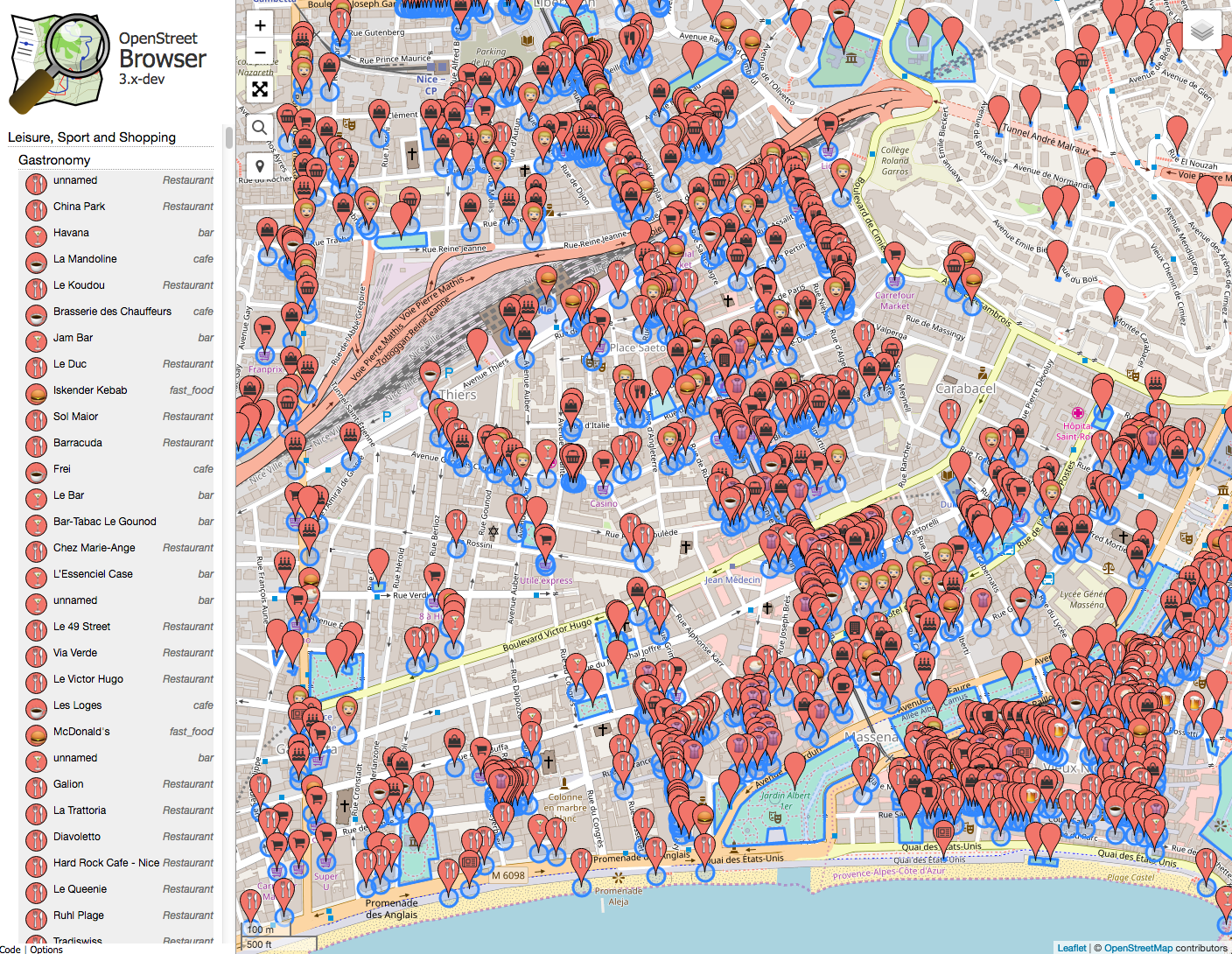
The OpenStreetBrowser is an application to 'browse' through the information in the displayed part of the map. The aim of the project is to provide a highly dynamic map that makes every mapped feature easily available to the user.
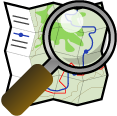

Sundial is a solar analysis project by prescription. in collaboration with Arup. The geometry is strictly pragmatic, based on natural solar trajectory and without additional beautification.
Sundial is the result of a study of the solar path cycle. The gathered data is transformed into geometry for each hour of daylight. The direction of the sun’s rays dictates and shapes the outline of the sundial to provide the minimum necessary surface area. The optimized geometry also resembles that of a flower petal, and likewise the structure can be self-bearing without the need for supporting elements. This finding raises the question – are flower petals such a shape due to the trajectory of the sun?
Features: shows time in digits; works 365 days a year;· entirely scalable;· unique to geographic location;· provides basis for future implementation.
A 3D printed prototype was made out of strong and flexible plastic for a “field test” in Amsterdam, which proved that the calculations are correct.
Sundial can be installed for light festivals and expos and, because it is scalable, in spaces from parks to front yards.
Sundial is a contemporary intervention revealing the interplay of daylight and a mathematically composed static geometry that will fascinate people and celebrates light
The geometry highlights that nature and mathematical laws are beautiful in and of themselves. At prescription. our task is to find and to translate these into architectural objects and processes.
An extensive and extendable painting application with an extensive range of features, including: both bitmap and vector graphics; multiple layers; five kinds of color picker; patterns, textures, and gradients; dashed lines and arrowheads; a spirograph generator; and even a cellular automaton tool (pictured below).

Liquid Television is an animation showcase that appeared on MTV andCartoon Network (later Adult Swim).[2] The first season of Liquid Televisionalso aired on BBC Two in co-production with MTV and Cartoon Network. Ultimately, MTV commissioned three seasons of the show, which was produced by Hanna-Barbera, Martin Cartoons and Colossal Pictures. It has served as the launching point for several high-profile original cartoons, including Beavis and Butt-head and Æon Flux. The show was eventually succeeded by Cartoon Sushi. The bulk of Liquid Television's material was created by independent animators and artists specially for the show, and some previously produced segments were compiled from festivals such as Spike and Mike's Sick and Twisted Festival of Animation. Mark Mothersbaugh composed the show's theme music. It was broadcast in New Zealand on TV3 and in Australia on SBS.
There were also a large number of animation pieces adapted from the work ofArt Spiegelman's comic compilation, RAW. RAW featured underground cartoonists such as Mark Beyer, Richard Sala, and Peter Bagge. In particular,Dog-Boy by Charles Burns was based on the artist's series from RAW.[3]
Due to the extensive use of licensed music throughout the series (episodes often began with a contemporary music video being "liquified"), full episodes ofLiquid Television have not been seen in any form since its original run. Selected segments from the series, including the first appearances of Æon Flux, were released on two VHS tapes in the late 1990s as The Best of Liquid Television parts one and two. These tapes are long out-of-print. A collection volume, titled Wet Shorts (The Best of Liquid Television), comprising the two VHS tapes, was released on DVD in 1997, but this, too, is out-of-print.
On October 13, 2011, MTVX, MTV's cross media group, announced the return of Liquid Television.[4] It is now a network that is available on the internet and social media. The first content to debut on the network was "F**KING BEST SONG EVERRR" by Wallpaper, available on the website. Full-length episodes featuring the online content and all-new material were released in 2013.
Riot and Shredder source.
Net.art projects from back in the day, and recent migrations.
Gifski converts video frames to GIF animations using pngquant's fancy features for efficient cross-frame palettes and temporal dithering. It produces animated GIFs that use thousands of colors per frame.
Release : https://github.com/ImageOptim/gifski/releases
Usage
I haven't finished implementing proper video import yet, so for now you need ffmpeg to convert video to PNG frames first:
ffmpeg -i video.mp4 frame%04d.png
and then make the GIF from the frames:
gifski -o file.gif frame*.png
See gifski -h for more options. The conversion might be a bit slow, because it takes a lot of effort to nicely massage these pixels. Also, you should suffer waiting like the poor users who will be downloading these huge files.

Leonardo da Vinci, “Salvator Mundi” (c.1500), oil on panel, 25 7/8 x 18 in.(65.7 x 45.7 cm) (courtesy Christie’s)
“Salvator Mundi” (c. 1500) sold at Christie’s for $450,312,500 (inc. buyer’s premium) after just under 20 minutes of bidding, becoming the most expensive artwork ever sold at auction. Christie’s hired an outside PR firm for the first time in order to conduct its marketing campaign — branded “The last da Vinci” — which included a video of viewers stunned in awe before the painting. The record price was set despite concerns regarding the precise attribution of the work from figures like Michael Daley, Frank Zöllner, and Jerry Saltz. A Guardian article published last month regarding Walter Isaacson‘s new biography of Leonardo was later revised with an editor’s note explaining that the piece “is the subject of a legal complaint made on behalf of Christie’s International Plc.” Isaacson subsequently took to Facebook to clarify his stance that the work was created by Leonardo.
A Physical Book makes a digitized book “physical” by rendering it in a simulated space where properties like gravity, friction, and velocity all apply. The program randomly perturbs the letters, then takes a snapshot at a point in time, re-assembling the images into a new, “un-digitized” book.
The raw, uncorrected scanned text of The Up-To-Date Sandwich Book: 400 Ways to Make a Sandwich (1909) is re-imagined as this 251 page (50,964 words) book:

A Physical Book uses the web-based game engine Phaser. Each page of the book is rendered into an invisible <div> (to produce correct leading and line-height), then copied into the Phaser game world with each letter instantiated as a distinct addressable sprite.
For each page, one of a dozen transformations is applied to give the text varying physical properties, such as mass, acceleration, collision, or opacity.
On page load, the requested chapter number is rendered, the transformation is assigned, and the world is allowed to run. A Selenium wrapper script calls all 500 pages in succession, taking a screenshot at a random point in the animation:

The final book is rendered in a two-page spread PDF.
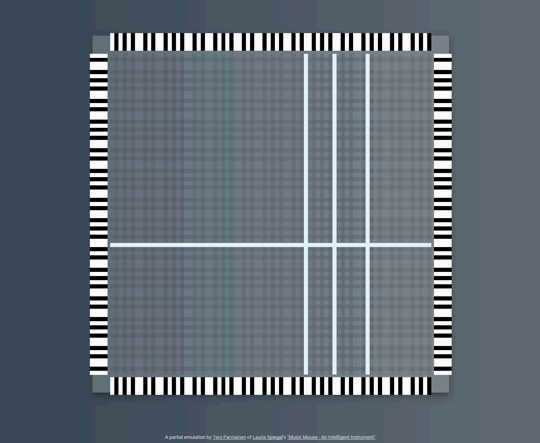
Project put together by Tero Parviainen is a web-based version of musical tool originally by Laurie Spiegel to create music by moving your mouse. It also has MIDI support.
Fractorium and its associated command line tools can render fractal flames using the CPU, or OpenCL. In order to use OpenCL, you must have an nVidia card that has the Fermi architecture or later, or a recent AMD card. If you attempt to use an unsupported card, you will receive an error message and the CPU renderer will be used instead.
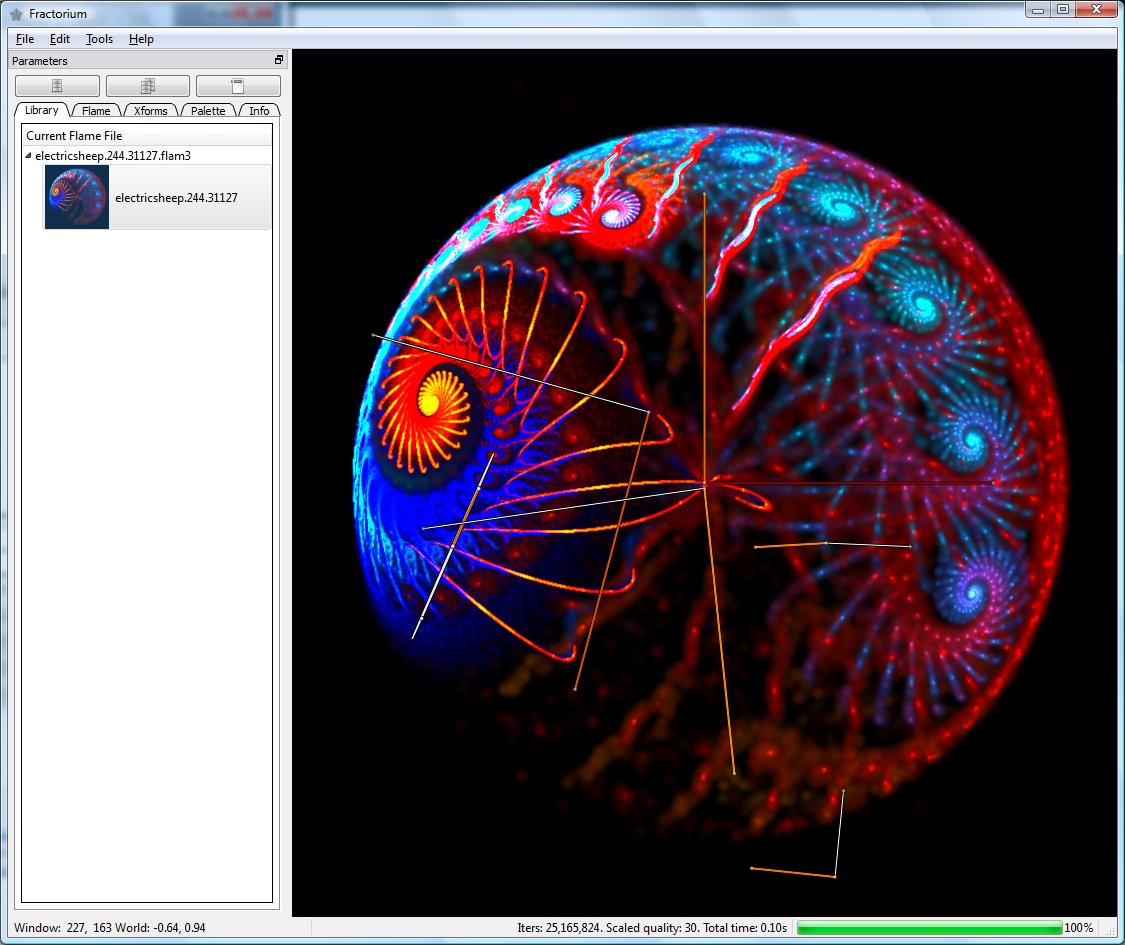
Chaotica is a next-generation fractal art application, designed for both novices and professional artists.
Novice users can enjoy editing randomised fractals to produce stunning HD wallpapers and animations.
Professional users will particularly value the fast, modern rendering engine. High quality animations and huge images for print are easily produced, with real-time imaging controls that will dramatically accelerate your workflow.
What is fractal art?
Fractal art is a digital art medium with a very rich creative space, based on geometry and recursion.
Chaotica's user interface abstracts much of the maths away to provide a fluid artistic process.
Since its invention in 1981, IFS fractals have been popularised by Flam3 and Apophysis. Chaotica extends the creative possibilities of these programs in a powerful, production-oriented environment.
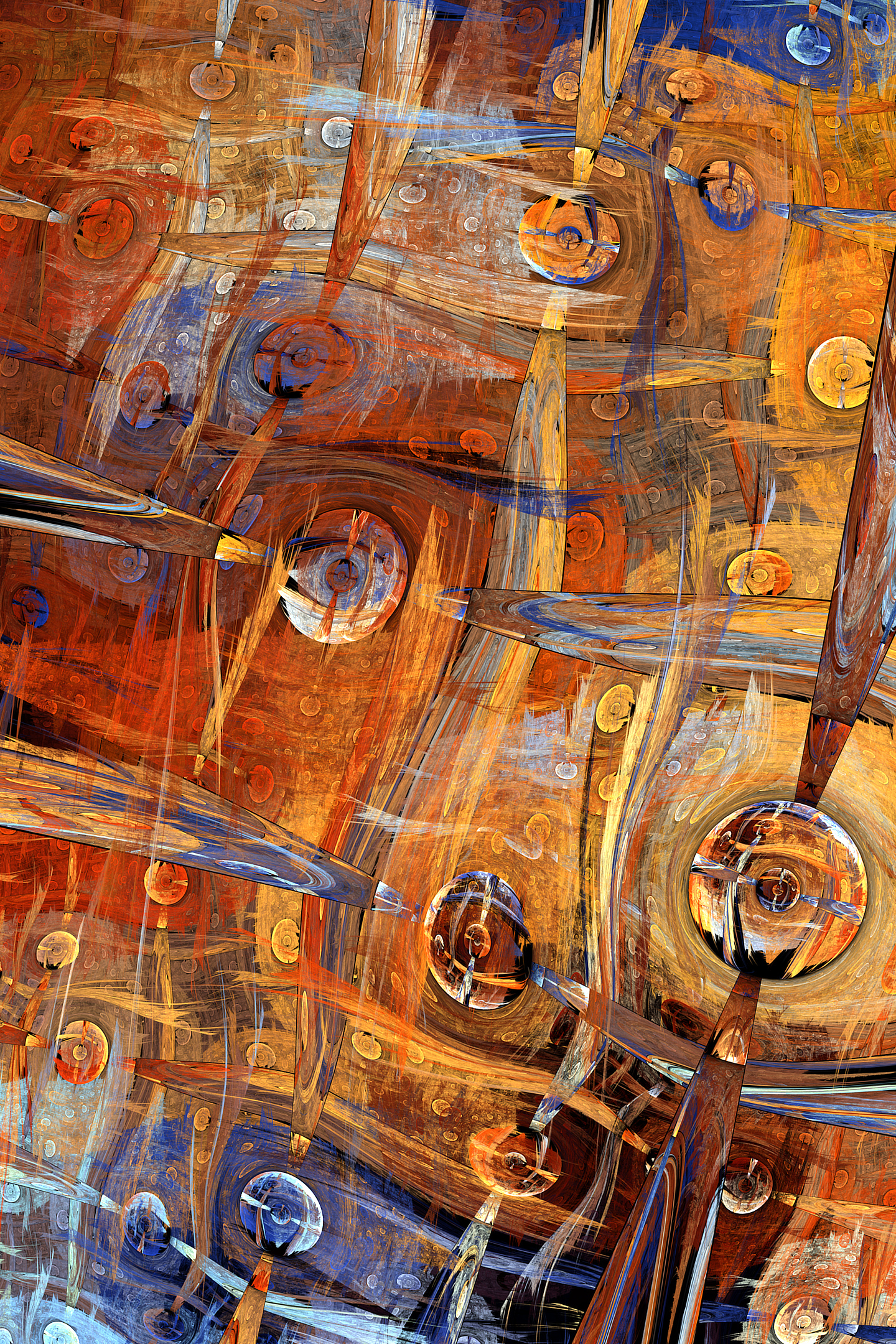
Some example here : https://www.tfmstyle.com/fractality-project
SpaceEngine is a realistic virtual Universe you can explore on your computer. You can travel from star to star, from galaxy to galaxy, landing on any planet, moon, or asteroid with the ability to explore its alien landscape. You can alter the speed of time and observe any celestial phenomena you please. All transitions are completely seamless, and this virtual universe has a size of billions of light-years across and contains trillions upon trillions of planetary systems. The procedural generation is based on real scientific knowledge, so SpaceEngine depicts the universe the way it is thought to be by modern science. Real celestial objects are also present if you want to visit them, including the planets and moons of our Solar system, thousands of nearby stars with newly discovered exoplanets, and thousands of galaxies that are currently known.

This is the official on-line repository for the code from the Graphics Gems series of books (from Academic Press). This series focusses on short to medium length pieces of code which perform a wide variety of computer graphics related tasks. All code here can be used without restrictions. The code distributions here contain all known bug fixes and enhancements.
Embroidermodder is a free machine embroidery software program which allows editing, scaling, and translating sewing machine embroidery files to a variety of formats. It allows the user to add custom modifications to their embroidery designs.
The user interface has been written from scratch using C++. It harnesses the powerful Qt framework to achieve platform independence. The 3 major desktop operating systems (Windows, Mac and Linux) will be targeted.
In addition to the desktop, it already works with the Raspberry Pi and we have a working demo of our code running on an Arduino. This will pave the way for low cost open source embroidery machines. We would also like to collaborate with the creators of the Smoothieboard so anyone who has one of those boards could also benefit from our work.
Very few other embroidery applications are cross-platform, with most only able to natively run on Windows. Our interface is very consistent across all platforms we support so there is no need to re-learn the interface when using it on a different operating system.
The interface itself is a CAD/CAM software but tailored for embroidery. This is intentional since both CAD and embroidery use vector formats and the embroidery machines are really just specialized CNC equipment (I.E. 3D Printers, CNC Laser Cutters, CNC Routers, CNC Lathes). So if you are interested in or familiar with CAD/CAM, then it will be possible to use it in that fashion also.
The interface is very similar to existing CAD applications so existing CAD users should be able to start using it immediately with little or no learning curve. It also incorporates additional features which are typically present in less precise graphics applications, such as the auto-adjusting ruler and an easily accessible undo history.

The first commercially available brainwave to synthesizer (both CV and MIDI) interface on the worldwide market.
By using the Neurosky Mindwave headset you can coax your brain activity to change every parameter of sound, light and video devices in your performance or studio.

Sandia National Laboratories charged a panel of outside experts with the task to design a 10,000-year marking system for the WIPP (Waste Isolation Pilot Plant) site, and estimate the efficacy of the system against various types of intrusion. The goal of the marking system is to deter inadvertent human interference with the site. The panel of experts was divided into two teams. This is the report of the A Team; a multidisciplinary group with an anthropologist (who is at home with different, but contemporary, cultures), an astronomer (who searches for extra-terrestrial intelligence), an archaeologist (who is at home with cultures that differ in both time and space from our own), an environmental designer (who studies how people perceive and react to a landscape and the buildings within them), a linguist (who studies how languages change with time), and a materials scientist (who knows the options available to us for implementing our marking system concepts). The report is a team effort. There is much consensus on the design criteria and necessary components of the marking system. Understandably, there is some diversity of opinion on some matters, and this is evident in the text.


Interface started out in late 2016 as an experiment to build a perfectly pixel–fitting font at a specific small size (11px.) The idea was that by crafting a font in a particular way, with a particular coordinate system (Units Per EM), and for a particular target rasterization size (11), it would be possible to get the best of both sharpness and readability.
However after a few months of using an early version of Interface, it dawned on everyone exposed to the test that this approach had some serious real–world problems. Most notably that it was really hard to read longer text. Because of the pixel–aligning nature of that approach, the font took an almost mono–spaced appearance, making it really easy to read numbers, punctuation and very short words, but eye–straining to read anything longer.
The project was rebooted with a different approach, sticking with the specific UPM, but crafting glyphs and kerning in a way that made for more variation in the rhythm and smoother vertical and horizontal stems. As Interface was being developed, it was tested on an internal version of Figma—where the author of Interface works as a designer—and slowly improved upon based on experience and feedback.
PatterNodes is a procedural design to for creating graphical patterns, animations or illustrations based on repetitions. This is done by defining a sequence of steps that describes the design, using nodes and connections between them. PatterNodes is designed from the start to make it easy to tweak things to see how they turn out. Therefore the resulting design output is always shown in the bottom preview view, repeated for patterns and updating in real time with any changes, giving you instant feedback of what the end result will be.
While the software can be used to create many types of illustrations and animations it's primarily aimed at pattern creation. To make pattern creation easier PatterNodes also includes a lot of nodes that automatically perform common tedious tasks like repeating elements at the tile edges to make the pattern seamless, or randomizing different aspects (like color, position, rotation..) of the elements in a pattern to give it a little more life.
https://creativepro.com/review-patternodes/
https://www.behance.net/lostminds
